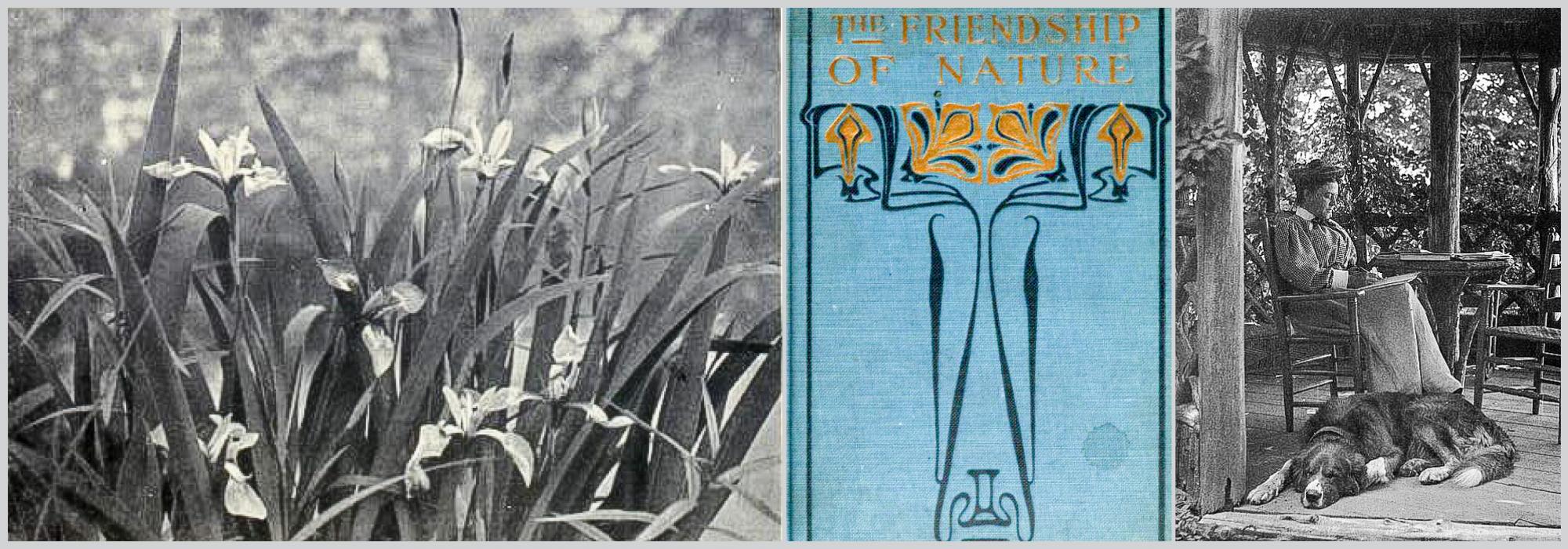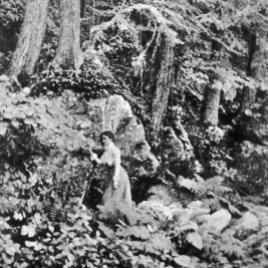Pioneer Information
A native of New York City, Wright was a prolific nature writer, bird and native plant activist, and an early proponent of protective sanctuaries. She attended Number One Fifth Avenue, a New York girls’ school, and studied nature with her father. Upon her marriage in 1884 Wright began writing nature essays for The New York Times and other newspapers. Ten years later, these were collected into her first book, entitled The Friendship of Nature. She subsequently published a book every year through 1911 and four additional titles before her death. Her writing focused on four often-interwoven topics: gardens, native plants, birds, and sociological commentary on the development of American culture and landscape. Her books on native plants and birds, such as Birdcraft (1895) and Flowers and Ferns in Their Haunts (1901), convey scientific information in a conversational manner. In the latter book Wright included many examples of her work as a talented photographer. She occasionally used fiction to present her themes like other contemporary garden writers, for which she used the pseudonym “Barbara.” Under this name Wright published her bestseller The Garden of a Commuter’s Wife (1901) and its sequels, The People of the Whirlpool (1903) and The Garden, You, and I (1906), among others.
Also an environmental activist, Wright was a founder and long-time board member of both the Connecticut and national Audubon societies and was instrumental in the creation and design of Birdcraft Sanctuary (1914) in Fairfield, Connecticut. She also wrote pamphlets and developed publicity campaigns on behalf of native plants through the Fairfield Garden Club, which she helped found in 1915, also serving as its first president. Additionally, Wright served on the committee that planned the Theodore Roosevelt Sanctuary (1923) on Long Island. She died in Fairfield, Connecticut, at the age of 75.




